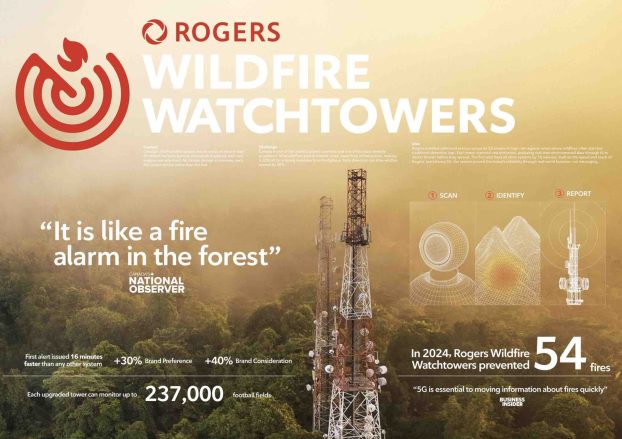TECH BRANDS SEE GENDER GAP
High tech companies are lagging behind when it comes to making a connection with women, reports American Demographics magazine. High tech brands ranging from Microsoft to Netscape all scored lower among women than men with respect to brand recognition, share of mind and share of heart in an Internet consumer survey by Landor Associates, a San Francisco, Calif.-based global branding consultancy. Only a handful on the list – mostly what Landor calls ‘softer’ technology brands – had stronger connections with women than men. These included greeting card site Blue Mountain Arts, Disney, and Women.com. But when it comes to picking the dominant brands within the high tech category, there’s little argument between the sexes over which score higher. ‘The better known a brand becomes, the better its brand equity and message is perceived consistently by both men and women,’ says David Redhill, Landor director of global communications. Power brands such as Microsoft, Intel, Netscape and AT&T topped the overall ranking, but not even one of these scored a perfect 100. Microsoft Windows, with a score of 83, had the best showing. ‘A lot of brands still have a way to go,’ said Redhill.
GROCERY STORES DEBUT LABOUR-MAKING DEVICE
Forget ‘Paper or plastic?’ The next time you go into a grocery store you may be asked ‘Human or machine?’ Self-serve checkout systems are becoming increasingly prevalent in U.S. grocery stores. U-Scan Express checkouts, which let consumers scan and bag their own groceries, are now being used in more than 200 Kroger stores. Meanwhile, Harris Teeter, Winn-Dixie, Wal-Mart and several smaller U.S. grocery chains are all experimenting with the U-Scan technology. The system, developed by Montreal-based Optimal Robotics Corp., is monitored at a central location by a human being who guides shoppers through the process and stops under-aged shoppers from purchasing alcohol or tobacco. Shoppers who try to sneak items past the machine are stopped when the U-Scan system compares the total weight of the bag with the items that have been scanned, alerting a staff member when there is a discrepancy.
CANADIAN INTERNET ADVERTISERS TIMID
Conservative Canadian advertisers continue to lag behind their U.S. counterparts when it comes to online advertising, according to a report from the Internet Advertising Bureau. U.S. advertisers are outspending Canadians by a rate of 60 to one, according to the study. Internet ad spending is still growing at a rapid pace, though, with online advertising expenditures estimated to reach about $109 million, a 96% increase from 1999. The main reason for the gap between Canadian and U.S. Internet ad spending, the report says, is the continuing lack of Canadian sites engaged in online selling. According to the study’s authors, Canadian e-tailers should be looking to the Web to attract U.S. consumers north of the border to take advantage of the weak Canadian dollar.




























